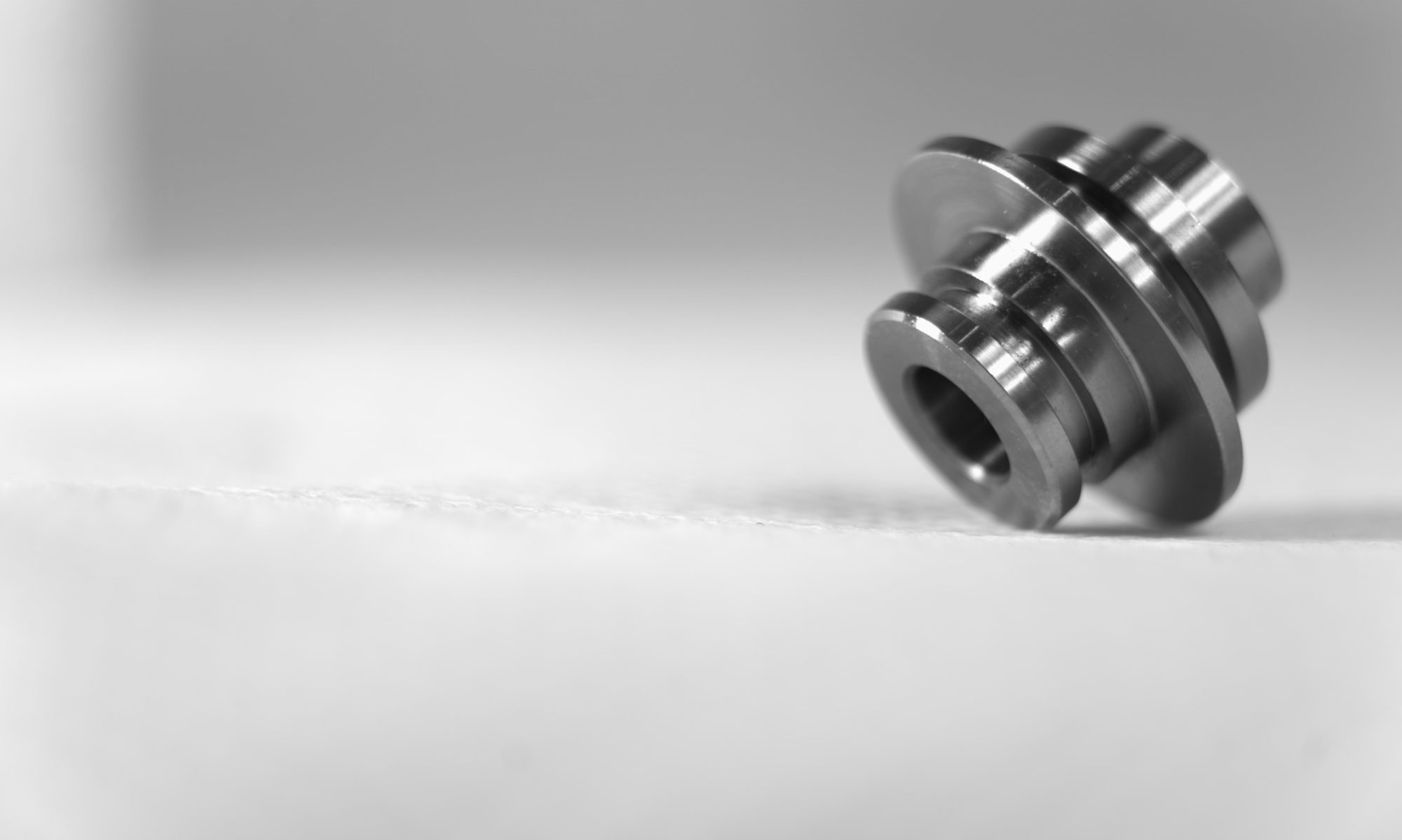The ideal gas law states that when all other variables are held constant, if pressure is increased in a system so is the temperature. Here exists one of the negative consequences of turbocharging, the increase in the temperature of air entering the engine due to compression.
A turbo spins very fast; most peak between 80,000 and 200,000 RPM (using low inertia turbos, 150,000-250,000 RPM) depending on size, weight of the rotating parts, boost pressure developed and compressor design. Such high rotation speeds would cause problems for standard ball bearings leading to failure so most turbo-chargers use fluid bearings. These feature a flowing layer of oil that suspends and cools the moving parts. The oil is usually taken from the engine-oil circuit. Some turbochargers use incredibly precise ball bearings that offer less friction than a fluid bearing but these are also suspended in fluid-dampened cavities. Lower friction means the turbo shaft can be made of lighter materials, reducing so-called turbo lag or boost lag. Some carmakers use water-cooled turbochargers for added bearing life. This can also account for why many tuners upgrade their standard journal bearing turbos (such as a T25) which use a 270 degree thrust bearing and a brass journal bearing which only has 3 oil passages, to a 360 degree bearing which has a beefier thrust bearing and washer having 6 oil passages to enable better flow, response and cooling efficiency. Turbochargers with foil bearings are in development. These will eliminate the need for bearing cooling or oil delivery systems, thereby eliminating the most common cause of failure, while also significantly reducing turbo lag.
To manage the upper-deck air pressure, the turbocharger’s exhaust gas flow is regulated with a wastegate that bypasses excess exhaust gas entering the turbocharger’s turbine. This regulates the rotational speed of the turbine and the output of the compressor. The wastegate is opened and closed by the compressed air from turbo (the upper-deck pressure) and can be raised by using a solenoid to regulate the pressure fed to the wastegate membrane. This solenoid can be controlled by Automatic Performance Control, the engine’s electronic control unit or an after market boost control computer. Another method of raising the boost pressure is through the use of check and bleed valves to keep the pressure at the membrane lower than the pressure within the system. Some turbochargers (normally called variable geometry turbochargers) utilise a set of vanes in the exhaust housing to maintain a constant gas velocity across the turbine, the same kind of control as used on power plant turbines. These turbochargers have minimal amount of lag, have a low boost threshold (with full boost as low as 1,500 rpm), and are efficient at higher engine speeds; they are also used in diesel engines. [2] In many setups these turbos don’t even need a wastegate. A membrane identical to the one on a wastegate controls the vanes but the level of control required is a bit different.
The first production car to use these turbos was the limited-production 1989 Shelby CSX-VNT, in essence a Dodge Shadow equipped with a 2.2L petrol engine. The Shelby CSX-VNT utilised a turbo from Garrett, called the VNT-25 because it uses the same compressor and shaft as the more common Garrett T-25. This type of turbine is called a Variable Nozzle Turbine (VNT). Turbocharger manufacturer Aerocharger uses the term ‘Variable Area Turbine Nozzle’ (VATN) to describe this type of turbine nozzle. Other common terms include Variable Turbine Geometry (VTG), Variable Geometry Turbo (VGT) and Variable Vane Turbine (VVT). A number of other Chrysler Corporation vehicles used this turbocharger in 1990, including the Dodge Daytona and Dodge Shadow. These engines produced 174 horsepower and 225 pound-feet of torque, the same horsepower as the standard intercooled 2.2 litre engines but with 25 more pound-feet of torque and a faster onset (less turbo lag). However, the Turbo III engine, without a VATN or VNT, produced 224 horsepower. The reasons for Chrysler’s not continuing to use variable geometry turbochargers are unknown, but the main reason was probably public desire for V6 engines coupled with increased availability of Chrysler-engineered V6 engines. [3] The 2006 Porsche 911 Turbo has a twin turbocharged 3.6-litre flat six, and the turbos used are BorgWarner’s Variable Geometry Turbos (VGTs). This is significant because although VGTs have been used on advanced diesel engines for a few years and on the Shelby CSX-VNT, this is the first time the technology has been implemented on a production petrol car since the 1,250 Dodge engines were produced in 1989-90. Some have argued this is because in petrol cars exhaust temperatures are much higher (than in diesel cars), and this can have adverse effects on the delicate, moveable vanes of the turbocharger; these units are also more expensive than conventional turbochargers. Porsche engineers claim to have managed this problem with the new 911 Turbo.
There is also a type of turbo called centrifugal (or simply belt-driven), this functions in some ways similar to a standard turbo and in some ways similar to a supercharger. Since it’s belt driven (no exhaust is used) there is never any lag, however the boost isn’t “free” like with a standard turbo. The “cost” is extra drag on the crank, thus a loss in efficiency. The benefits are no lag, easier to setup – since no exhaust modifications are needed, and likely easier maintenance access.

